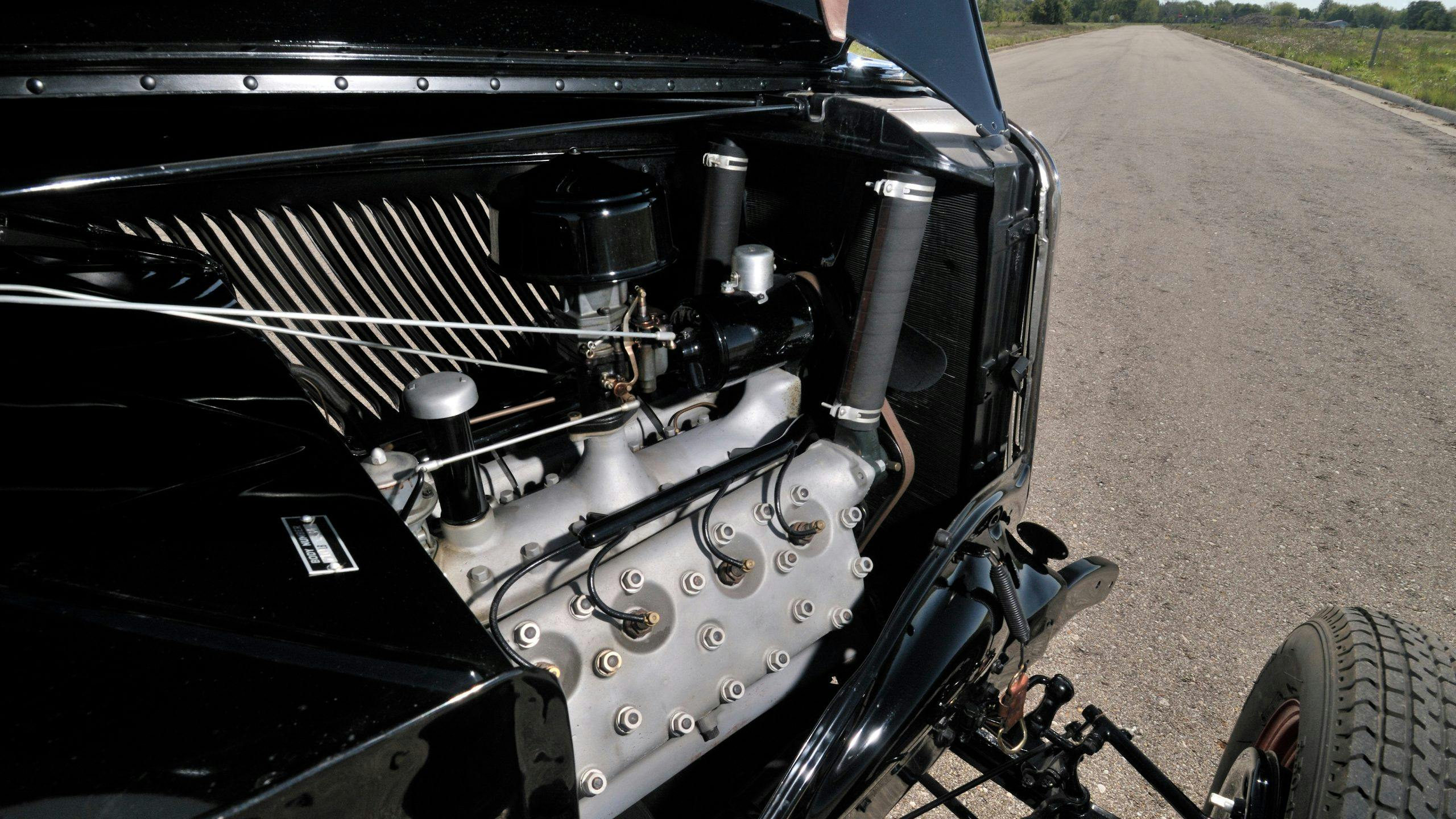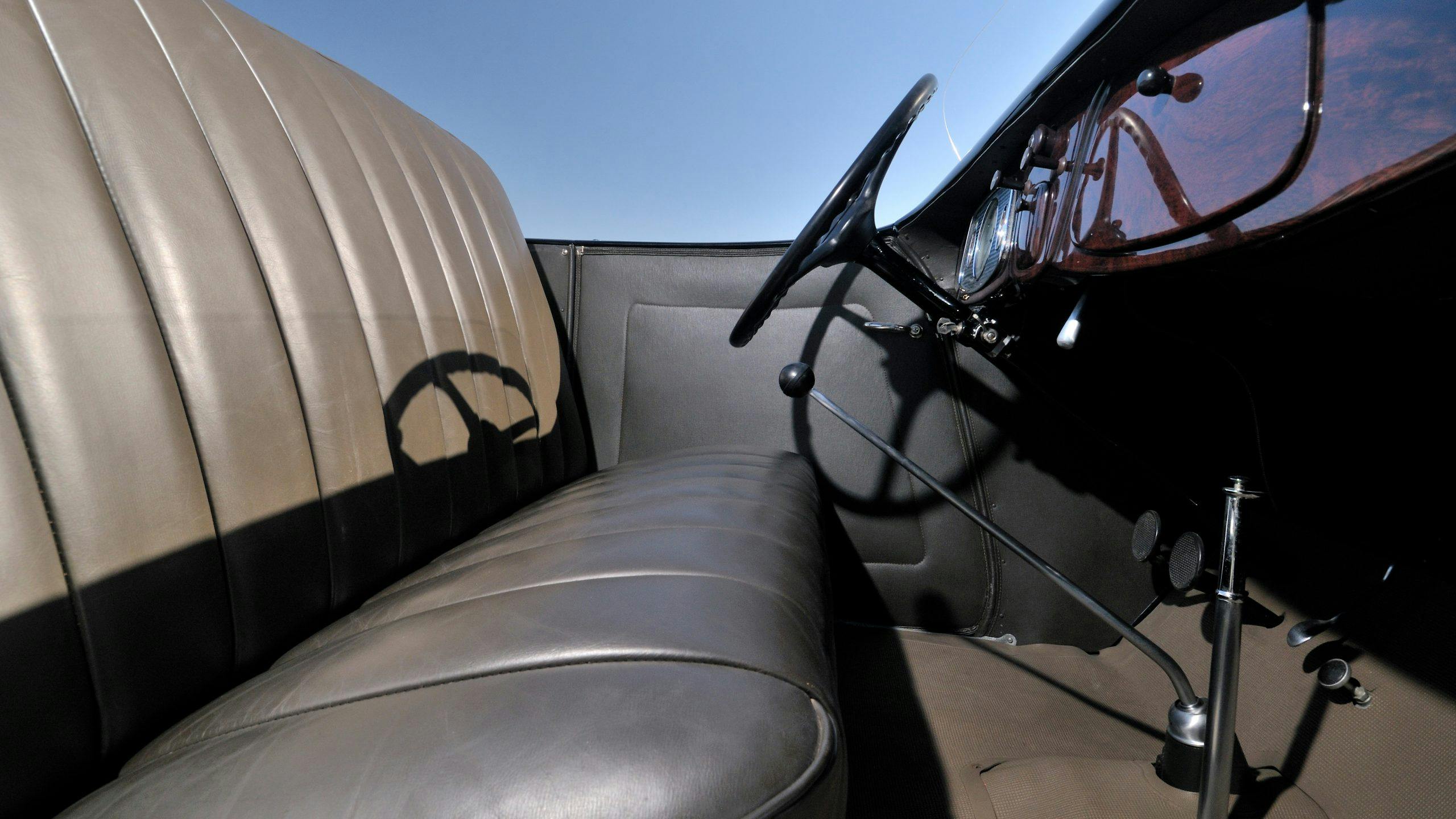Historic 1933 Ford Roadster racer plays a starring role in the Mecum collection
When Edsel Ford became interested in the Elgin Road race in Elgin, Illinois, the country’s first-ever stock car race, he turned to Don “Wild Irishman” Sullivan to prepare 10 entries on behalf of the company. This one, wonderfully restored in 1988 by Roy Nacewitz, took the checkered flag at the 1932 Indianapolis 500, with Fred Frame at the wheel. That makes it the first of many Fords to claim stock-car racing victory.

Ford was serious about racing. In addition to the 10 roadsters that were transformed into racers, a Chevrolet and a Plymouth were also secreted away to Ford’s facility at Dahlinger estate for testing. You’ve gotta know your competitor and what better way than by hand-on examination?
Although it was Ford doing the development of the racers, each of the 10 cars would technically be sponsored by a different Ford dealer and wear the dealership’s name proudly on the side. During testing, Frame crashed the car that was set to wear Cote Motor Company’s livery. To fill in, a 1933 roadster development car became the Cote Motor Co entry and wore the number 10.
Like the rest of the Ford entries, this roadster is powered by a 221-cubic-inch, 75-horsepower flathead V-8 and three-speed manual transmission. Race modification included a new, lower windshield that ditched the normal stanchions. A set of Stewart Warner gauges mounted in an engine-turned dash panel gives the driver vital details. There was, however, no lumbar-hugging bucket seat, just a bench. Nor was there rollover protection to speak of, which Frame could have used—he and his race mechanic brother rolled the car during an event in Long Beach, California. Ford had sent the car on a promotional tour after its win, and the Long Beach race would be its last.
Nacewicz acquired the roadster in 1982 and, with the help of Don Sullivan himself, restored the car back into its racing form in ’88, including all of the early production details that came on the No. 10 car, thanks to its early production status. Since 2006 it has been a part of the Dana and Patti Mecum Collection. It is still in tip-top condition from stem to stern, and it often finds its way into shows, where you can catch a glimpse of it and hear exactly what it sounded like then it raced its way into Ford history almost 90 years ago.




